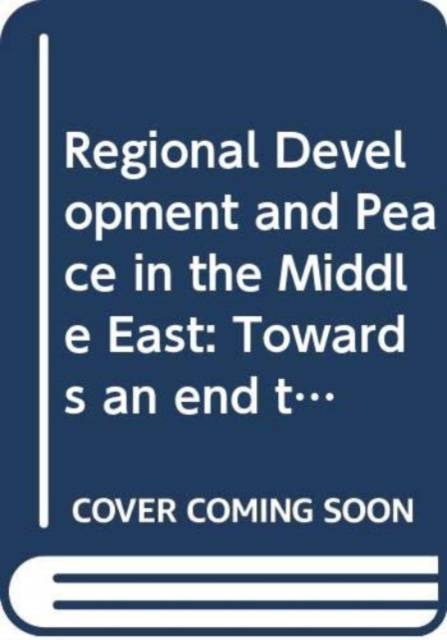
- Retrait gratuit dans votre magasin Club
- 7.000.000 titres dans notre catalogue
- Payer en toute sécurité
- Toujours un magasin près de chez vous
- Retrait gratuit dans votre magasin Club
- 7.000.000 titres dans notre catalogue
- Payer en toute sécurité
- Toujours un magasin près de chez vous
Regional Development and Peace in the Middle East
Towards an End to the Water Conflict?
Ali Çarkoglu, Mine EderDescription
An examination of the theoretical and practical need for a new interpretation of regional development problems and policies in the Middle East. The authors analyze the problems associated with regional discrepancy, the domestic and international implications of such differences and what the State can do to resolve the dilemma.
Based on the case-study of the Southeast Anatolia Development Project, known as GAP in Turkey, the study presents a critique of high modernizing projects long embedded in development theory. Through its analysis of the GAP project, the book assesses the social and economic impact of high modernizing projects and the extent to which they achieve their objectives.
The study argues that a synthetic approach that simultaneously looks at domestic and international repercussions of regional development strategies and combines 'old' and 'new' development theories is needed. Such an approach would provide guidance not only for developing alternative theories on regional development but also for coming up with effective policies to address the issue of regional discrepancy.
Spécifications
Parties prenantes
- Auteur(s) :
- Editeur:
Contenu
- Nombre de pages :
- 240
- Langue:
- Anglais
Caractéristiques
- EAN:
- 9780415358200
- Date de parution :
- 31-12-24
- Format:
- Livre relié
- Format numérique:
- Genaaid
- Dimensions :
- 156 mm x 233 mm







